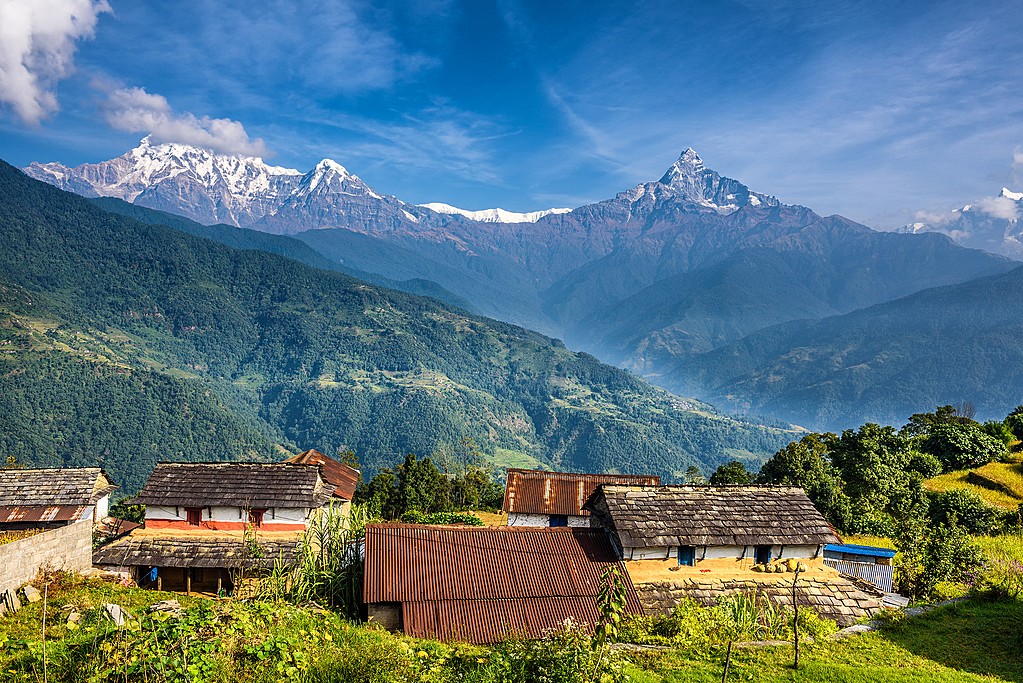KATHMANDU: The world’s poorest nations continue to grapple with a myriad of challenges, ranging from civil wars and ethnic strife to the detrimental impacts of COVID-19, soaring inflation, and the ongoing conflict in Ukraine. This dire situation exacerbates the plight of nations already struggling with poverty, including Burundi, South Sudan, and the Central African Republic.
Nepal, often recognized as one of Asia’s poorest countries and ranked 40th among the world’s poorest nations, finds itself amidst the complex web of issues plaguing the global landscape.
Determining the world’s poorest countries involves assessing metrics like GDP per capita, with adjustments for living costs and inflation through purchasing power parity (PPP) providing a more nuanced perspective of the economic challenges faced by these nations.
Factors contributing to long-term poverty are multifaceted, encompassing corrupt governance, exploitative colonization histories, weak rule of law, conflict, social unrest, severe climate conditions, and hostile neighbors. The compounding nature of these weaknesses further hinders progress, creating a cycle that is challenging to break.
The COVID-19 pandemic has unveiled the vulnerability of underprivileged households worldwide, particularly in countries heavily reliant on informal employment.
The lack of social safety nets and temporary loans has intensified the economic and social consequences, with the World Bank projecting up to a 10% loss in the future average annual income of current students in low and middle-income countries.
Prior to the pandemic, global efforts had reduced the proportion of people living in extreme poverty (earning less than $1.90 a day) to below 10%, down from over 35% in 1990.
However, the pandemic reversed this progress, leading to an estimated 198 million people entering extreme poverty by the end of 2022, following the revision of the International Poverty Line to $2.15.
A recent analysis by economists at the World Bank indicates a partial recovery from the pandemic’s impact, with global poverty receding to levels closer to those before the health crisis.
Nevertheless, approximately 700 million people still live on less than $2.15 per day, marking a setback of three years in the fight against poverty. The uneven recovery is evident, with extreme poverty decreasing in middle-income countries while persisting in the poorest nations affected by fragility, conflict, or violence.
As Nepal grapples with its economic challenges and strives to uplift its population from poverty, the global community remains engaged in addressing the complex interplay of factors that perpetuate the plight of the world’s poorest nations. Global Finance via The World Bank

